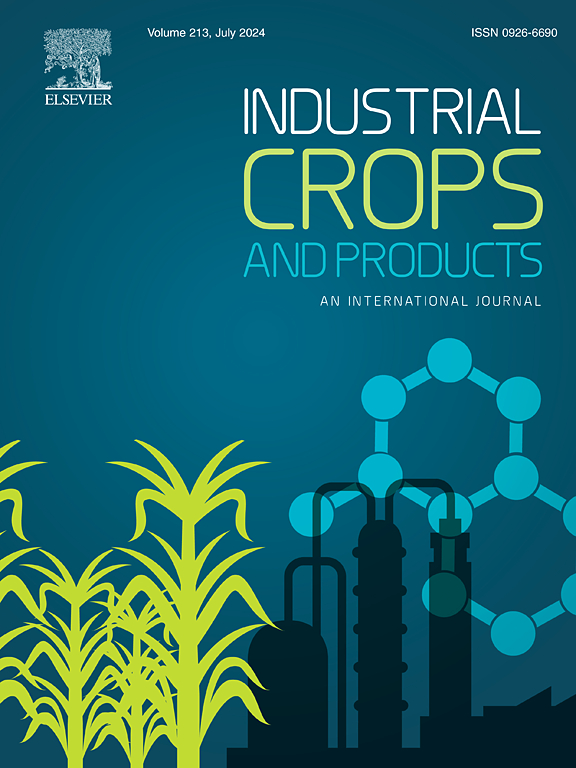Light quality modulates yields and secondary metabolite accumulation in Fritillaria cirrhosa: Insights from rhizosphere metabolomics and microbiomics
IF 5.6
1区 农林科学
Q1 AGRICULTURAL ENGINEERING
引用次数: 0
Abstract
Light is a pivotal environmental signal that regulates plant growth and development. In Fritillaria cirrhosa, a shade-tolerant medicinal species, specific light conditions have been shown to enhance its agricultural traits and secondary metabolite biosynthesis. Although blue agricultural film (BF) has shown the potential to improve productivity and bioactive compound accumulation, the mechanistic links between light quality, rhizosphere microbial dynamics, and metabolic accumulation in F. cirrhosa remain poorly characterized. This study aimed to investigate the effects that BF has on the rhizosphere microecology of F. cirrhosa using soil metabolomics and microbial profiling. By simulating the natural shaded environment of the plant, the red-to-far-red light ratio was reduced to 0.54 under BF, compared with the 1.19 measured under commonly used white film (WF) in production. We found that BF significantly enhanced the alpha diversity of rhizosphere bacteria (P < 0.05) and increased the negative edge ratio within the bacterial network (47.1 % vs. 33.6 %) and relative modularity (55.6 % increase). Additionally, the recruitment of plant growth-promoting bacterial genera, such as Desulfomicrobium and Zoogloea, and nematophagous fungi, including Stachylidium, was promoted under BF. Metabolomic analysis revealed higher metabolite diversity under BF, with notable increases in pathogen-defense metabolites such as quercetin (20.6 %) and berberine (1211.6 %). Moreover, growth-related metabolites such as 3-indoleacetonitrile showed a significant increase (285.9 %), while squalene and cholesterol decreased by 97.8 % and 94.5 %, respectively. Co-occurrence analysis identified key interactions between microbes and metabolites and a positive correlation (r > 0.5) between emetine and plant growth-promoting microbes (Zoogloea and Desulfomicrobium). This study demonstrated that BF promote the synergistic effect of beneficial microbes and rhizosphere metabolites, leading to the accumulation of bioactive compounds and an increase in F. cirrhosa yield. These results provide valuable insights into light regulation strategies for improving the yield and quality of F. cirrhosa and other shade-tolerant medicinal plants.
求助全文
约1分钟内获得全文
求助全文
来源期刊

Industrial Crops and Products
农林科学-农业工程
CiteScore
9.50
自引率
8.50%
发文量
1518
审稿时长
43 days
期刊介绍:
Industrial Crops and Products is an International Journal publishing academic and industrial research on industrial (defined as non-food/non-feed) crops and products. Papers concern both crop-oriented and bio-based materials from crops-oriented research, and should be of interest to an international audience, hypothesis driven, and where comparisons are made statistics performed.
 求助内容:
求助内容: 应助结果提醒方式:
应助结果提醒方式:


